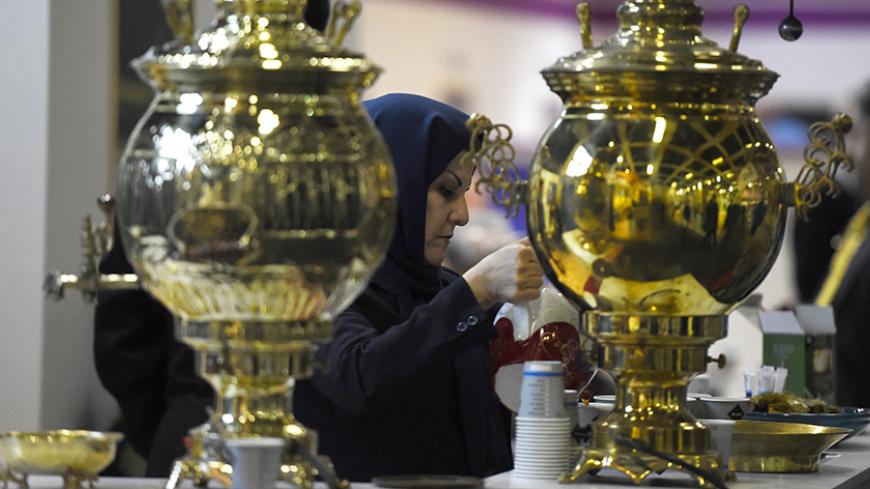"Have a seat, tea's on its way," announced Navid as we entered his carpet shop in the busy bazaar off Esfahan's Imam Square, leading us to the cozy corner with four rickety stools and a tiny wooden table he had set up within a colorful expanse of folded Persian rugs to welcome his customers. In Iran, no business, trade or anything worth discussing can start without a cup of strong black tea.
My introduction to Iranian tea culture took place much further north, right where the precious leaves are produced and harvested, in the Caspian Sea-lapped Gilan region. Arriving from the neighboring Ardabil province, you know you are in Gilan when you plunge into a cloud-wrapped lowland at the mercy of the winds blowing from the Siberian High, the Alborz mountain range and the Caspian Sea, conspiring to produce heavy rains, high humidity and an endless stretch of lush greenery.



